What Are Geosynthetic Clay Liners? Key Insights Into Their Role in Modern Geosynthetics
Geosynthetic clay liners are a critical component in today’s geosynthetics industry, offering reliable containment solutions for landfills.
Tel: +86-411-39569550 | E-mail: info@geofantex.com/geofantex@gmail.com
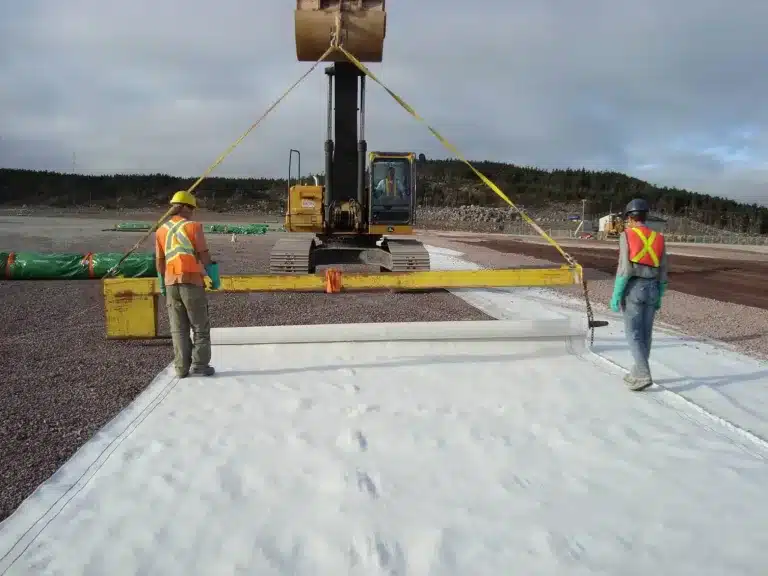
Geosynthetic clay liners are a critical component in today’s geosynthetics industry, offering reliable containment solutions for landfills.
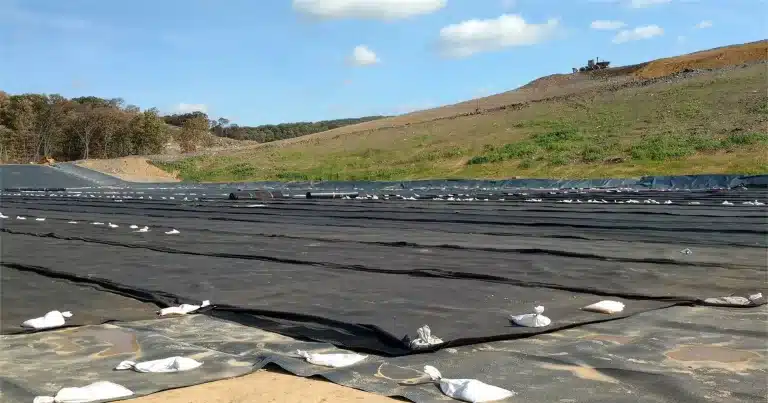
Geosynthetic products are essential tools in modern engineering, offering reliable solutions for soil stabilization.

Understanding geotextile fabric cost is essential for infrastructure developers aiming to balance performance and budget.

The cost of geotextile fabric is a critical factor for engineers and contractors when selecting materials for road construction.

Geocomposite sheet drains for roofs are emerging as a pivotal solution in modern construction, addressing the growing demand .

In recent industry developments, geosynthetics have seen significant advancements, particularly in the realm of geocomposite drains.
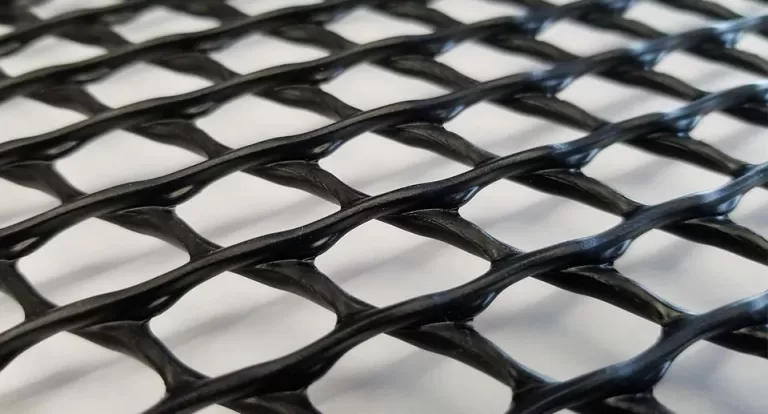
Geonet and geogrid are essential geosynthetic materials used to address structural and drainage issues in civil engineering and construction.
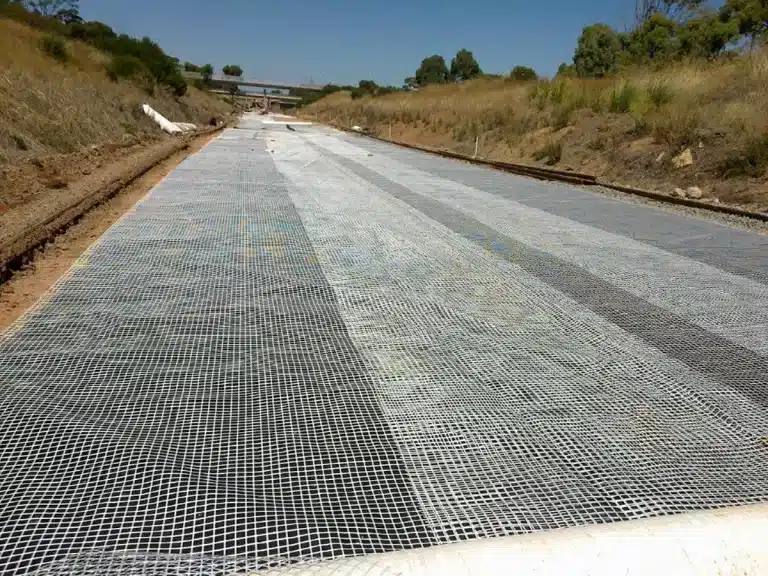
Geonet HDPE is a versatile geosynthetic material that offers significant advantages in various applications.
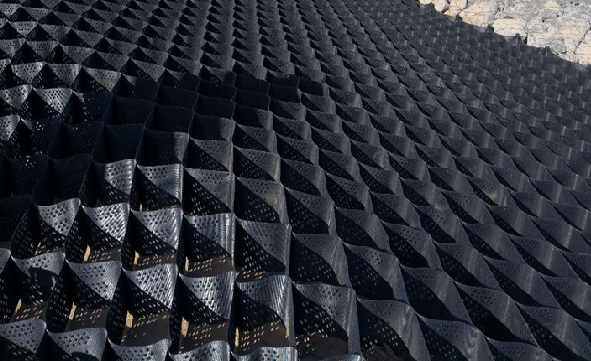
In conclusion, the integration of geocell soil stabilizer systems into civil engineering projects offers numerous advantages.
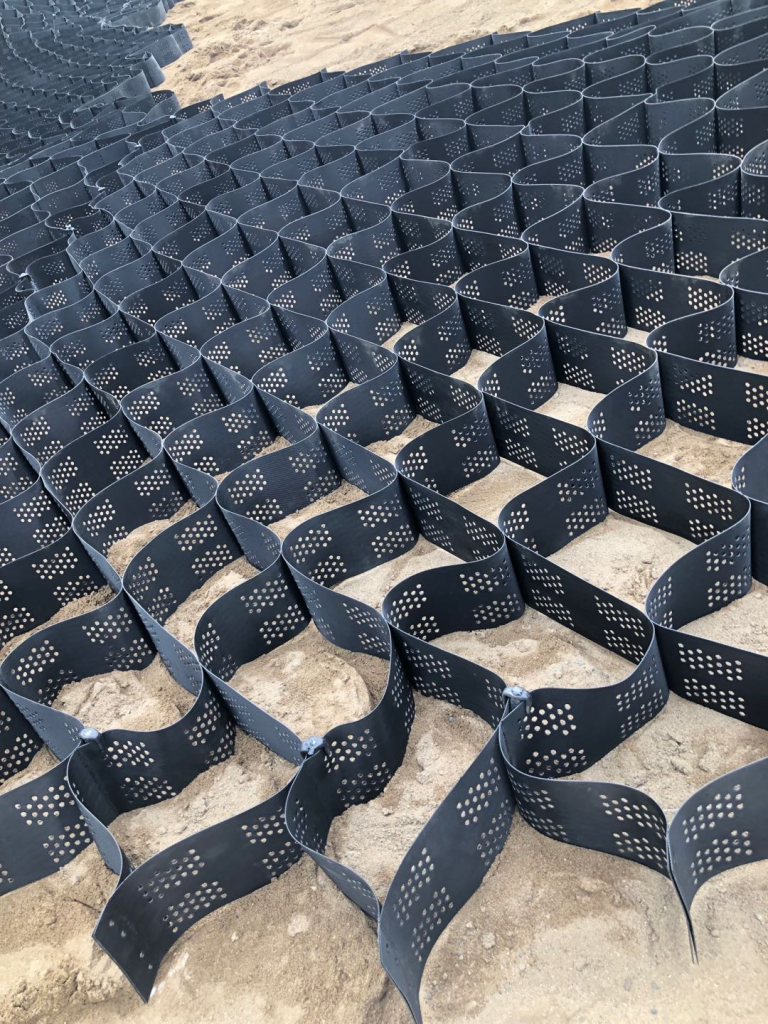
The application of geocell tree root protection is widespread in urban construction projects such as roadways.
End of content
End of content
WhatsApp us